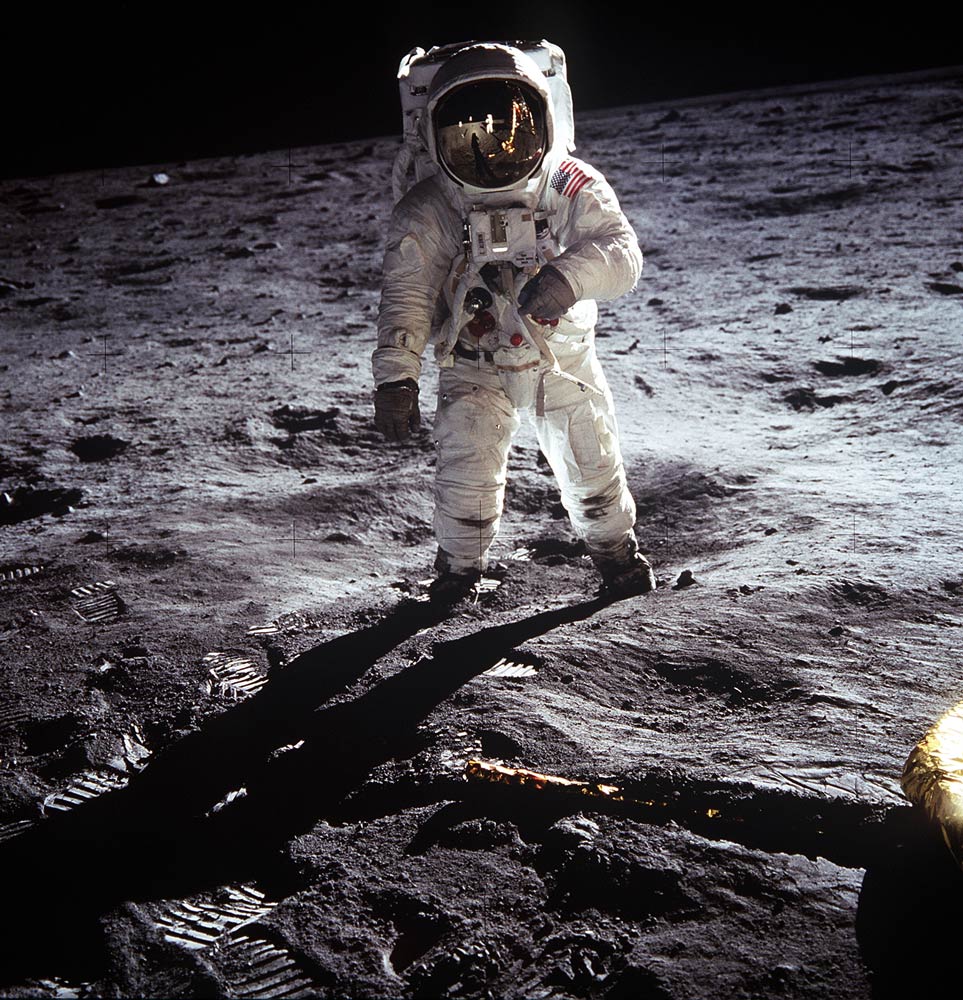 When was the moon discovered? There is absolutely no simple answer to that question. The moon is such a conspicuous feature in the night sky, it is hard to say for sure when the very first person noted it. Based on the age of some rocks brought back to earth to study from Lunar landings, the moon pre-dates humans by several million years, meaning the very first person to have sight may have made the initial moon discovery.
When was the moon discovered? There is absolutely no simple answer to that question. The moon is such a conspicuous feature in the night sky, it is hard to say for sure when the very first person noted it. Based on the age of some rocks brought back to earth to study from Lunar landings, the moon pre-dates humans by several million years, meaning the very first person to have sight may have made the initial moon discovery.
The Pre-Historic Moon
We do know that even pre-humans used the light of the moon at night to hunt. Dinosaurs, for example, often primarily hunted at night. Other animals utilized the aura of the moon to hunt and feed as well, including several species of raptors, and many other reptilian creatures that roamed the earth before people did.
Moon In Religion
The moon is a common element in many Roman and Greek myths as well. Luna was the Roman goddess of the moon. In stories, Luna is said to drive her silvery chariot across the night sky, which is why people standing on earth could see the moon slowly move through the heavens. In Ancient Egypt, Isis is the Goddess of the Moon. There are a lot of stories about Isis, but she was considered the most powerful deity in Ancient Egypt, overthrowing Ra, the Sun God, by making him ill.
Modern Moon
In 1959, the first successful mission to the moon was documented. Russian astronauts landed an unmanned shuttle, which brought back hundreds of pounds of rocks to study. A decade later, the United States won the “Space Race” by putting the first people on the moon. July 20, 1969, Buzz Aldrin and Neil Armstrong on Apollo 11. It is from this notorious moon mission, we hear the words of those first astronauts saying, “one small step for man, one giant leap for mankind.”
It is impossible to say when or how the moon was discovered. We can gather, however, from the role the moon has played throughout religion, art, and other works of literature, that the moon has been a source of fascination and wonder since the very first humans ever walked the earth.
